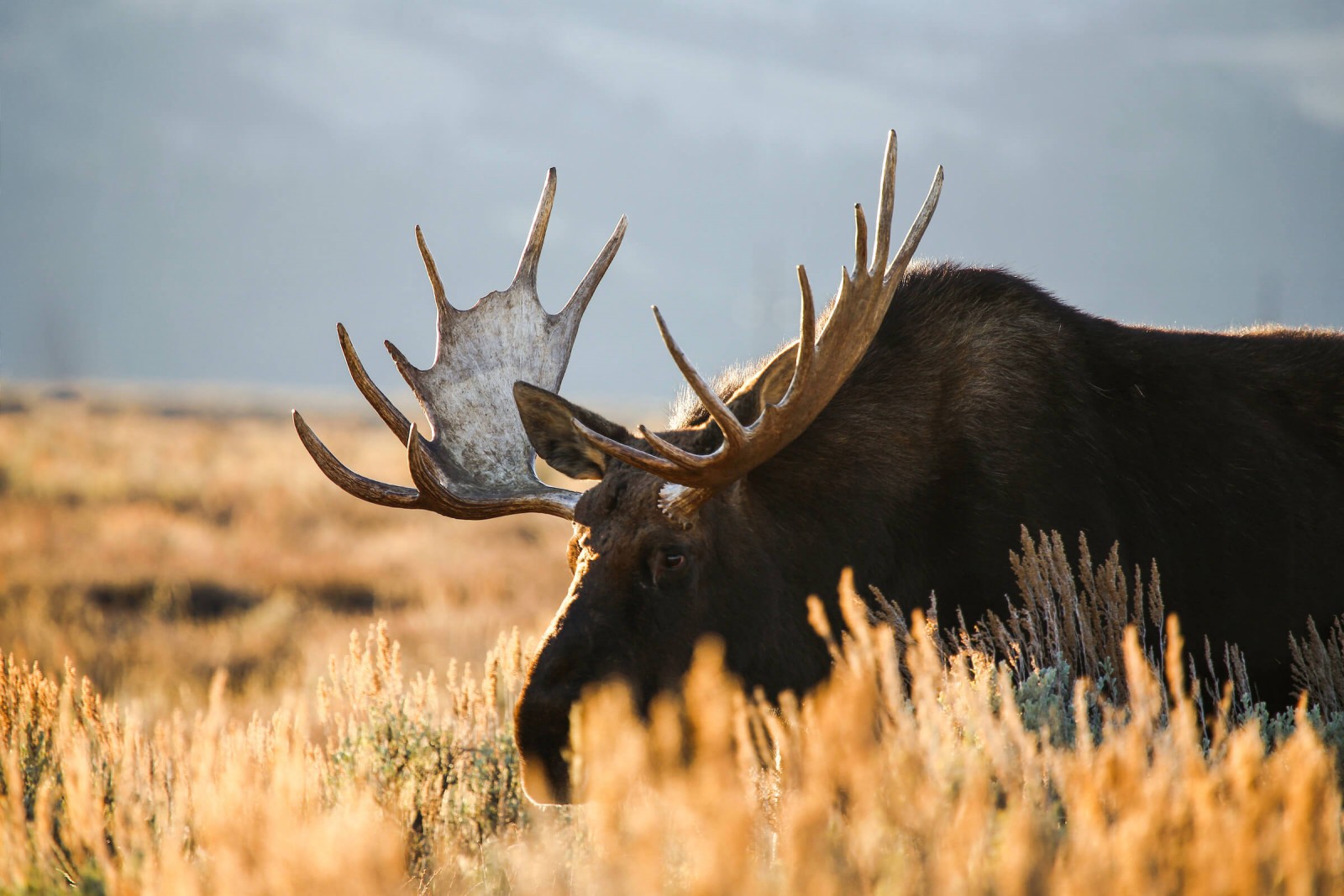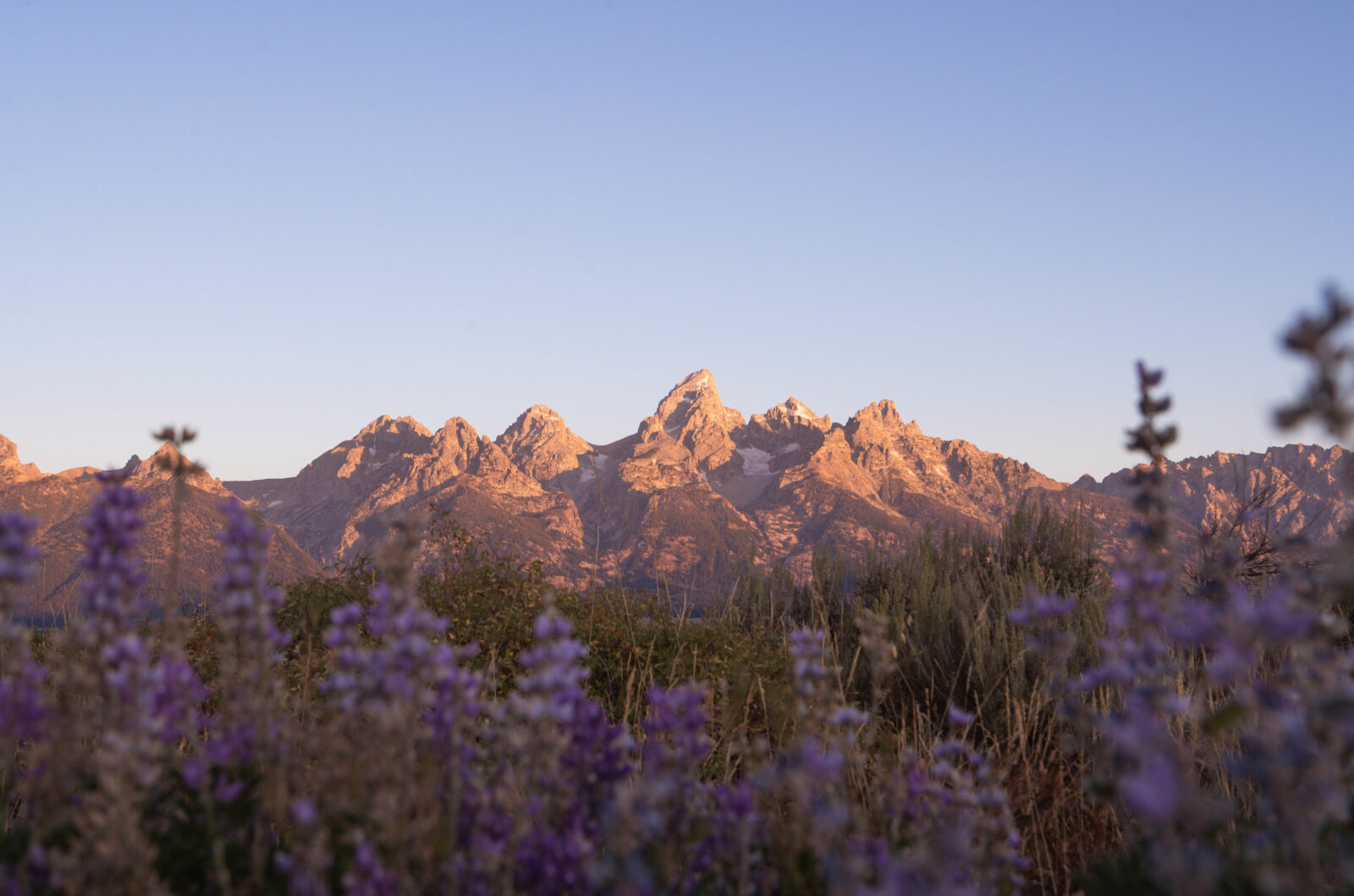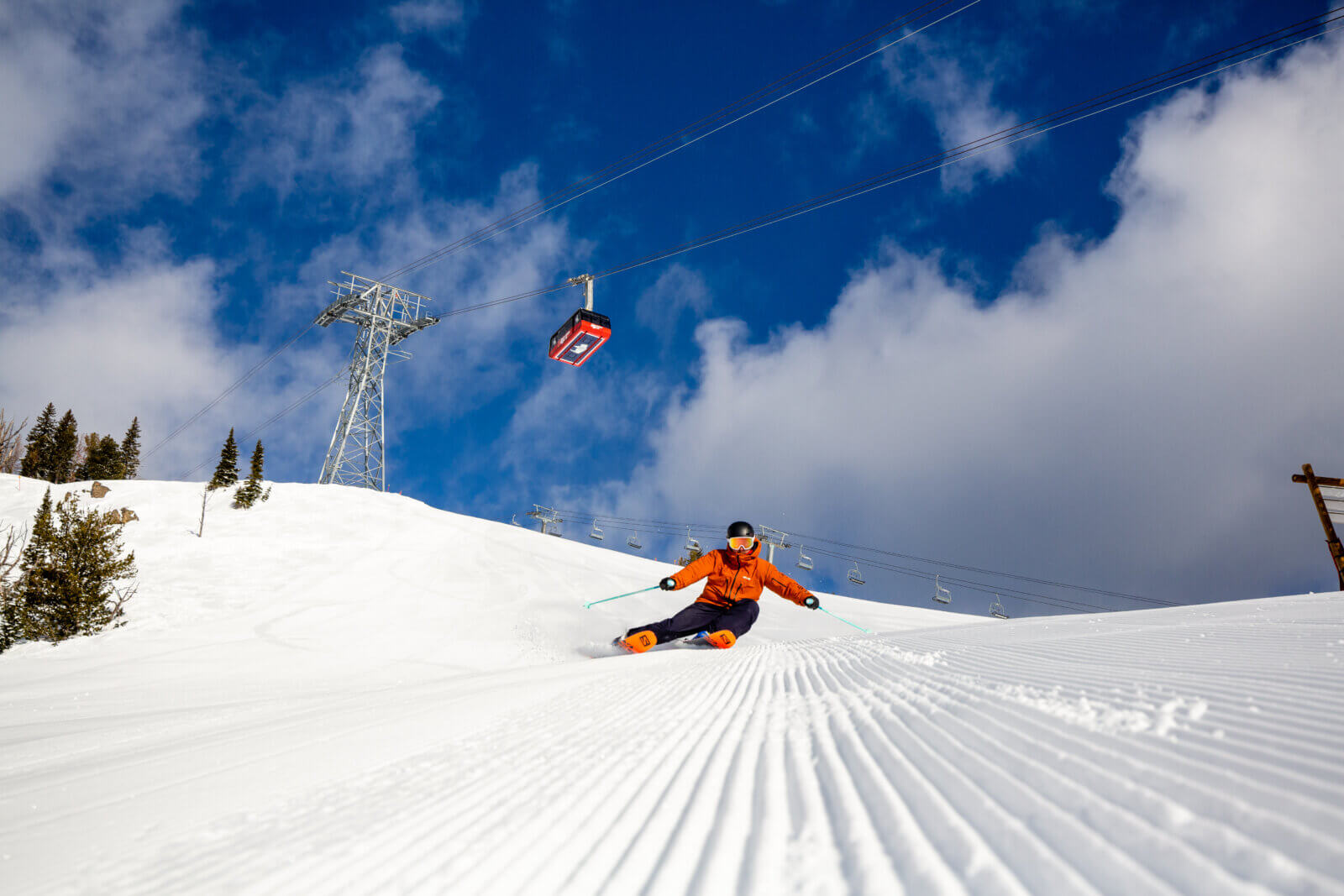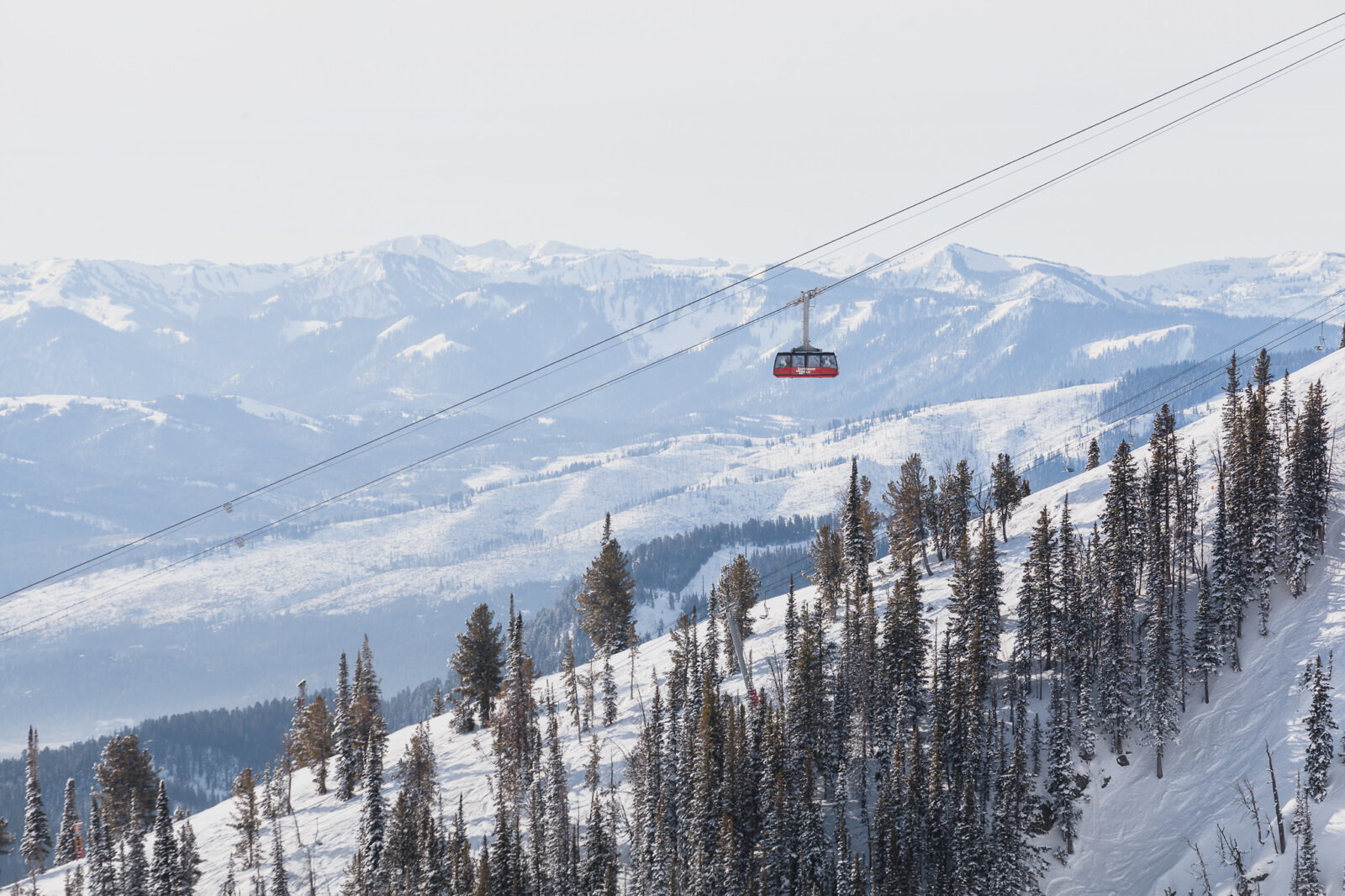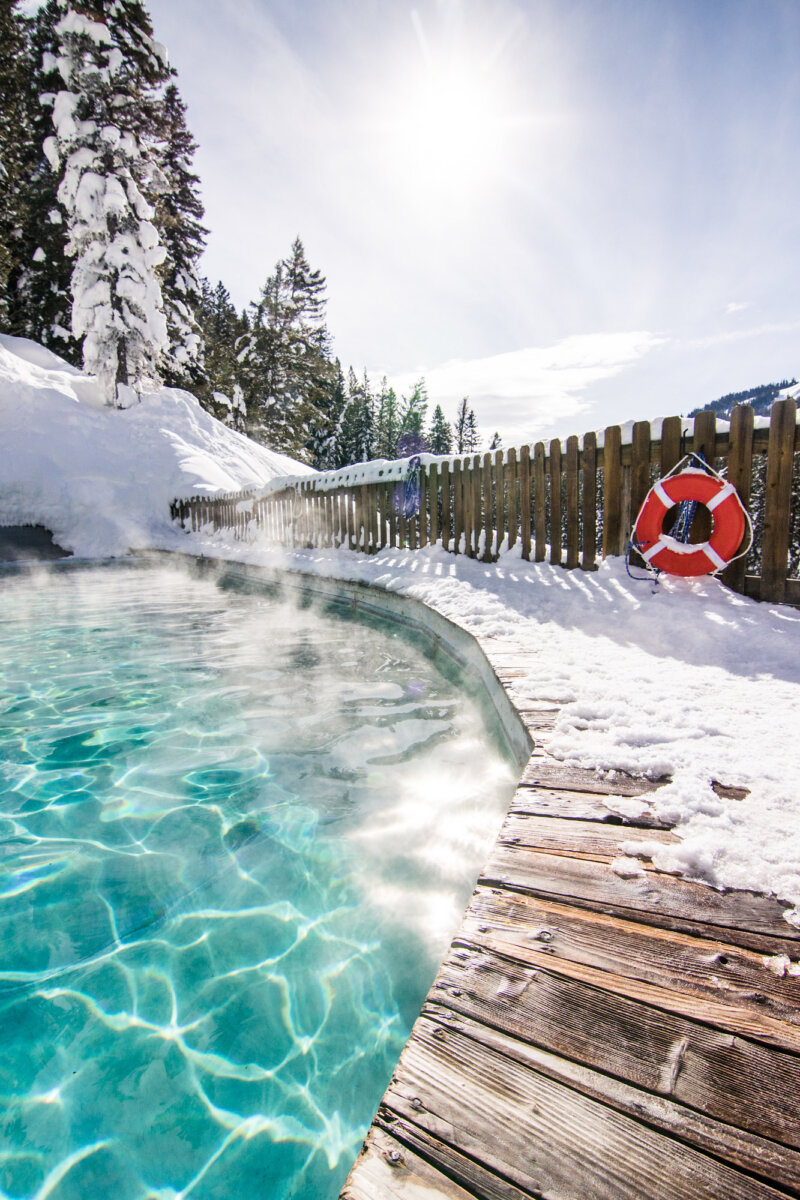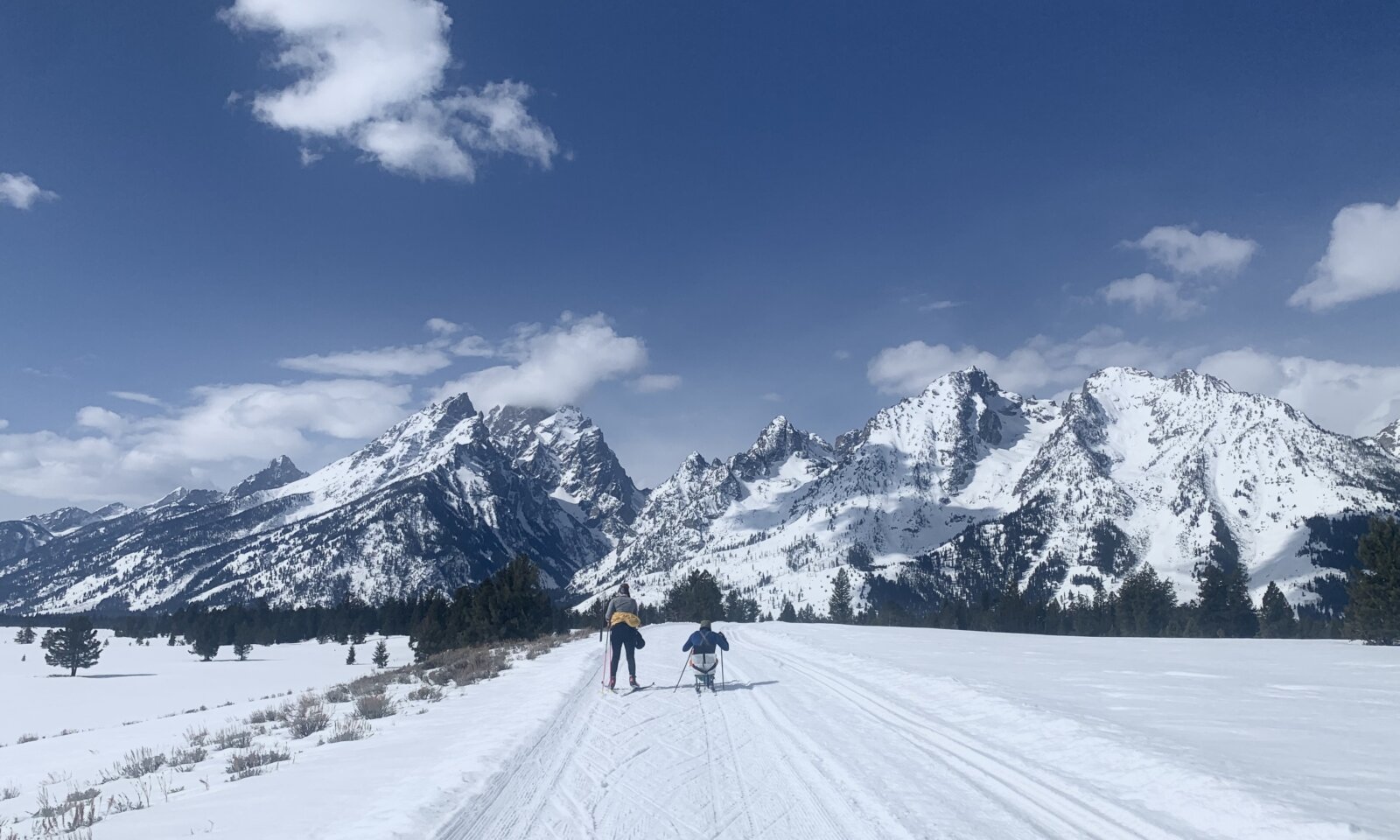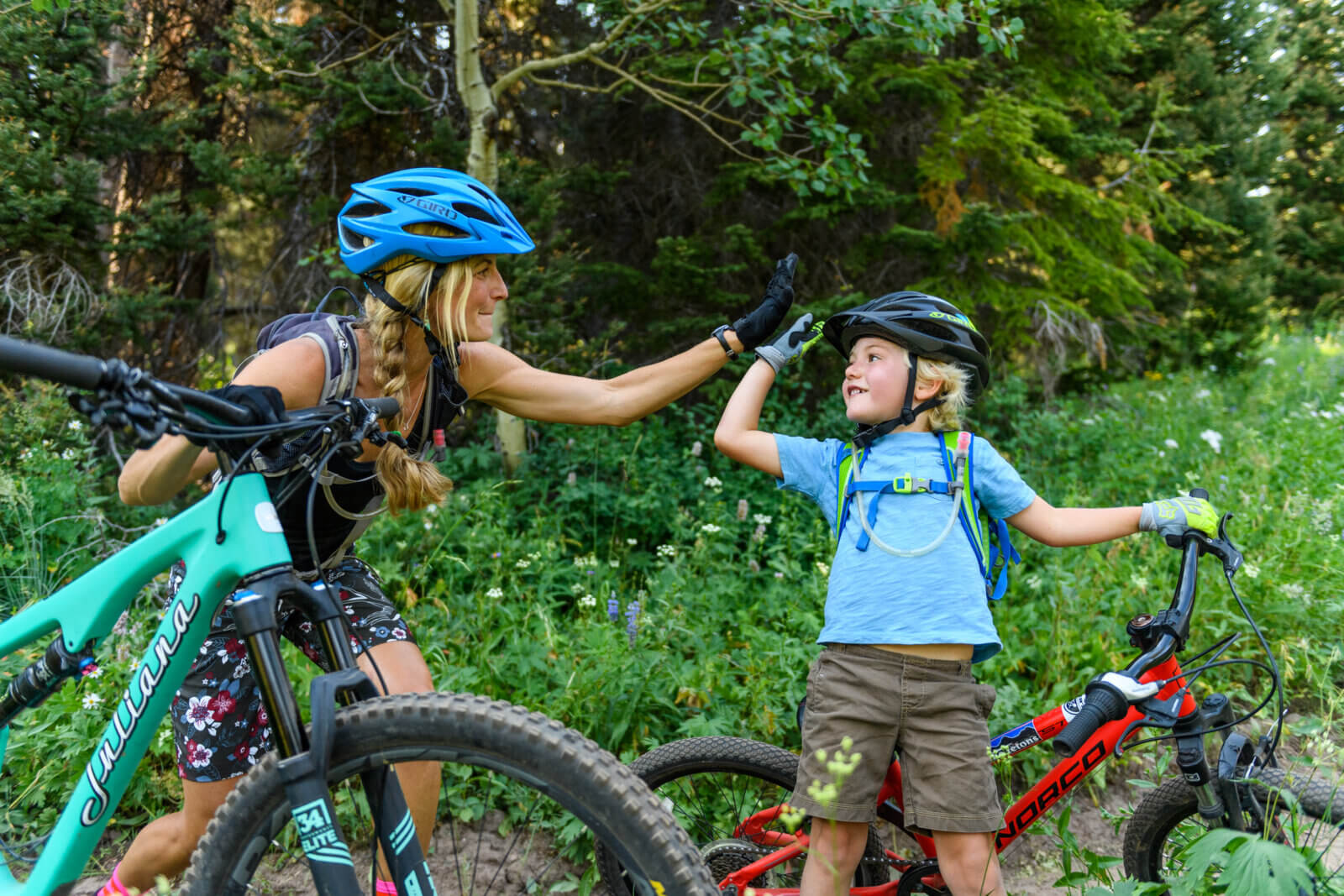Stewardship
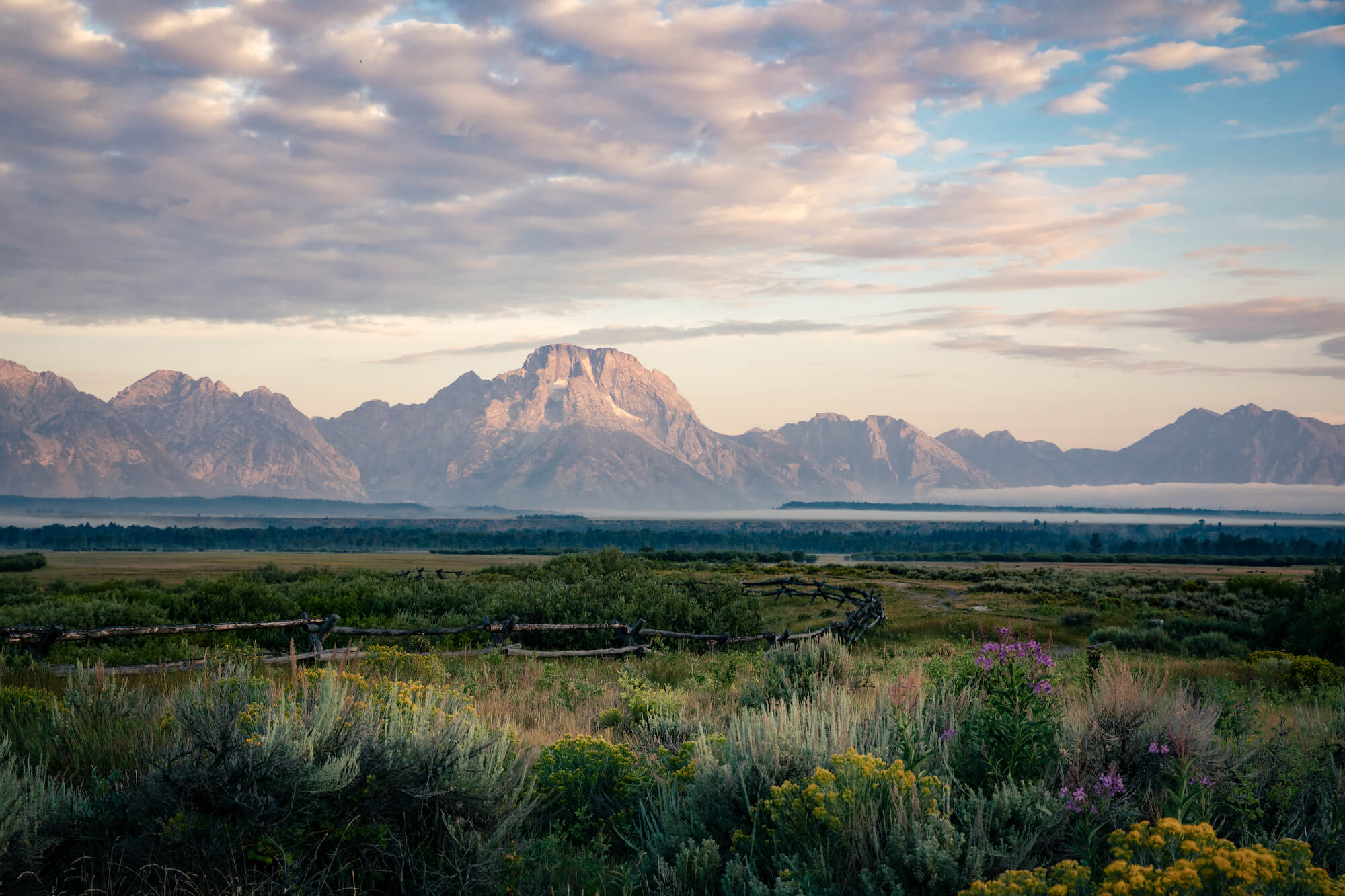 Wildflowers in Grand Teton National Park, Photo: Amy Jimmerson.
Wildflowers in Grand Teton National Park, Photo: Amy Jimmerson.
A tradition of conservation.
Teton County has a longstanding history of welcoming visitors to this valley alongside an ethos of environmental stewardship.
In 1872, Yellowstone National Park became the first national park in the world. Further conservation efforts followed with the establishment of the Caribou-Targhee and Bridger-Teton National Forests, the National Elk Refuge, Grand Teton National Park, Wild & Scenic River status for the Snake River, and protection of much of the Wyoming Range.
“Today nearly 97% of the county’s land is protected from further development contributing to the Greater Yellowstone Ecosystem’s status as one of the largest nearly intact temperate ecosystems on the planet.”
Working Toward Sustainability
The vision Teton County laid out for itself in their 2012 Comprehensive Plan is: “To preserve and protect the area’s ecosystem in order to ensure a healthy environment, community, and economy for current and future generations.”
In 2012, Teton County continued its sustainable tourism journey by participating in the Early Adopters Program of the Global Sustainable Tourism Council (GSTC). The GSTC determined that “Teton County, more than any other place in the world, has the potential to become a leader as a sustainable destination” and that it has the natural capital, human capacity, and financial resources to realize this potential (Riverwind Foundation). In 2020, Teton County achieved recognition by becoming the first destination in North America certified by EarthCheck’s Sustainable Destinations program.
We acknowledge that we live and recreate on the ancestral homeland of the Mountain Shoshone people, and wish to recognize the lands of the over 27 bands of Indigenous people who were the earliest occupants and stewards of what is now referred to as the Greater Yellowstone Ecosystem.
Learn MoreSustainable tourism protects more than just the environment.
Great destinations are also great places to live and work.
And we want to keep it that way. That’s why the Teton County is prioritizing destination stewardship with a renewed focus on protecting the environment, ensuring the long-term prosperity of the community, and building a sustainable local economy while enhancing residents’ quality of life.
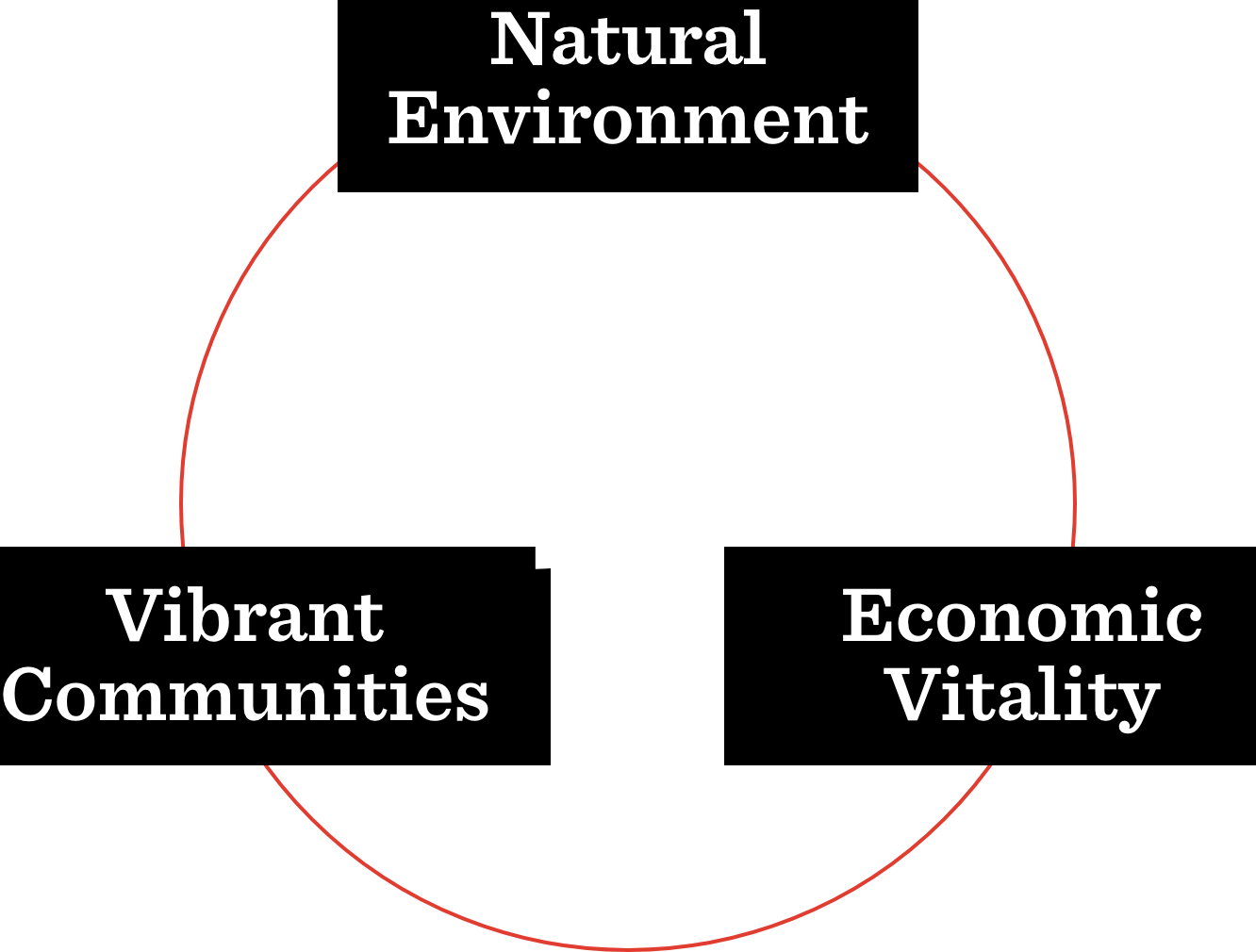
What you do matters.
In order to achieve our vision of preserving and protecting the area’s ecosystem we need everyone’s help!
The choices we make every day as residents and tourists impact our special ecosystem as well as the thriving local community.
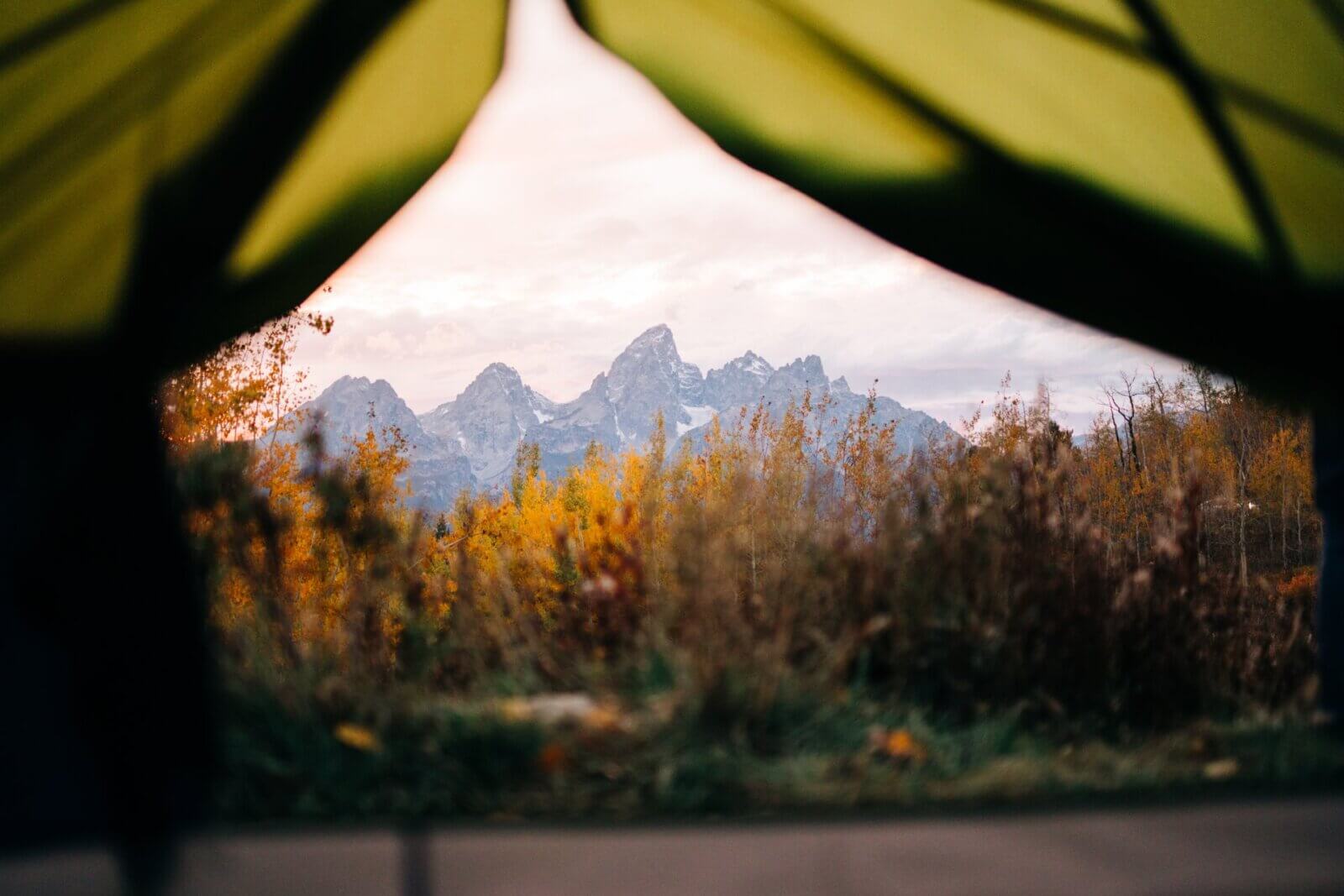
Responsible Recreation
Wild places deserve our respect and care. Recreating responsibly goes beyond sharing the trail and following the rules — it begins with a reverence for this place and a commitment to keeping it intact for future generations. While you're here, remember to Keep Jackson Wild.
Explore